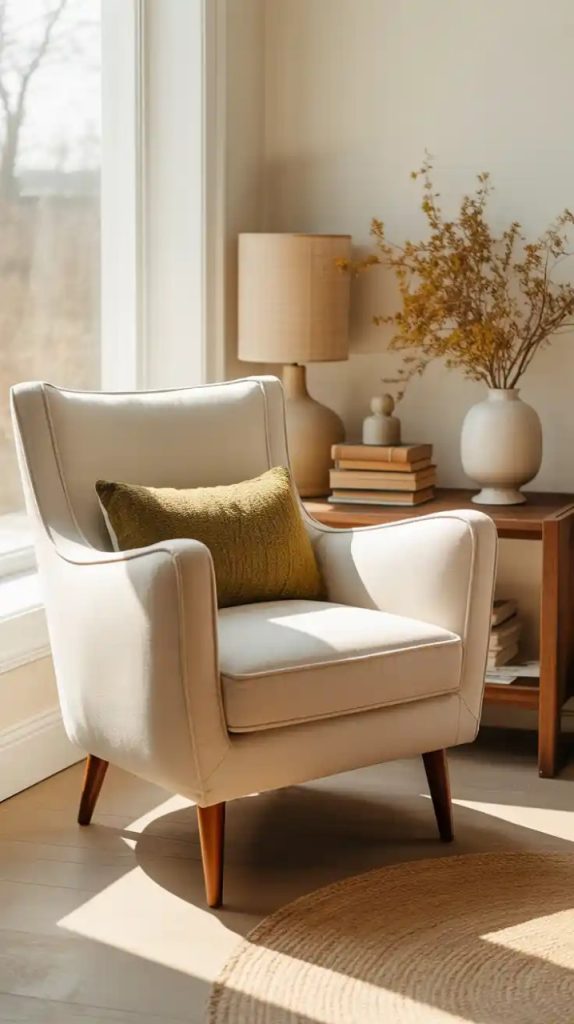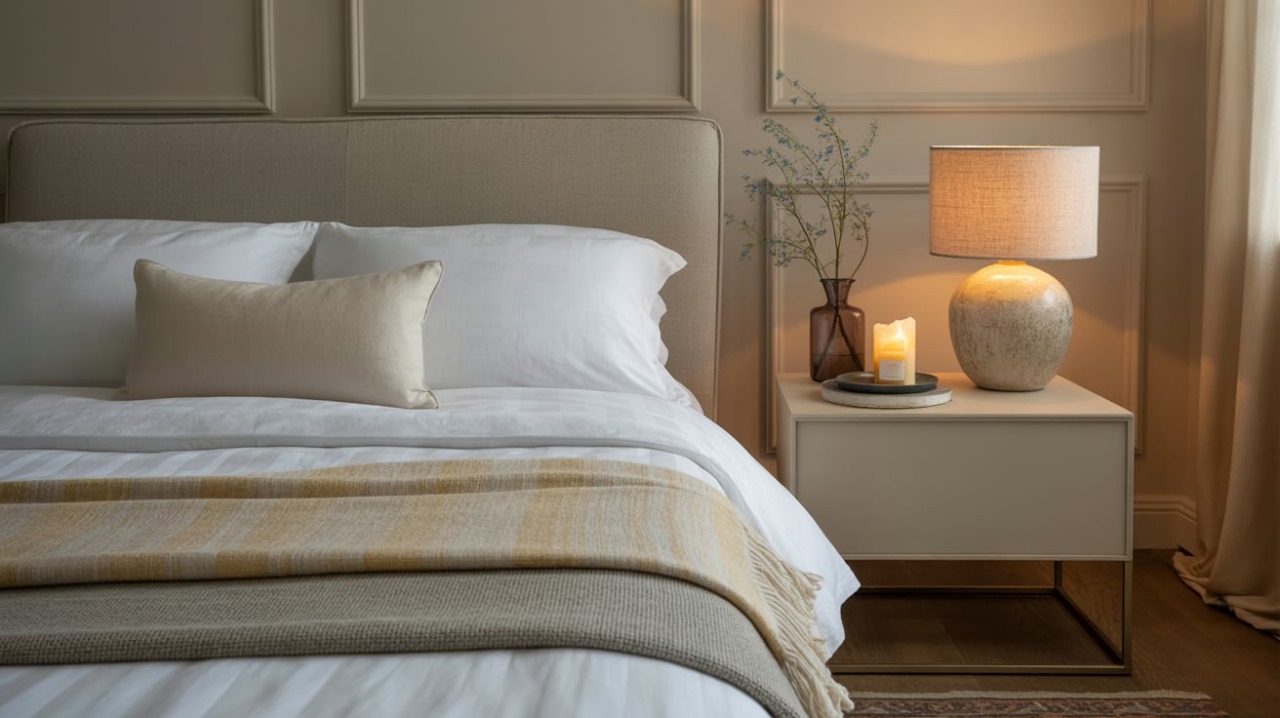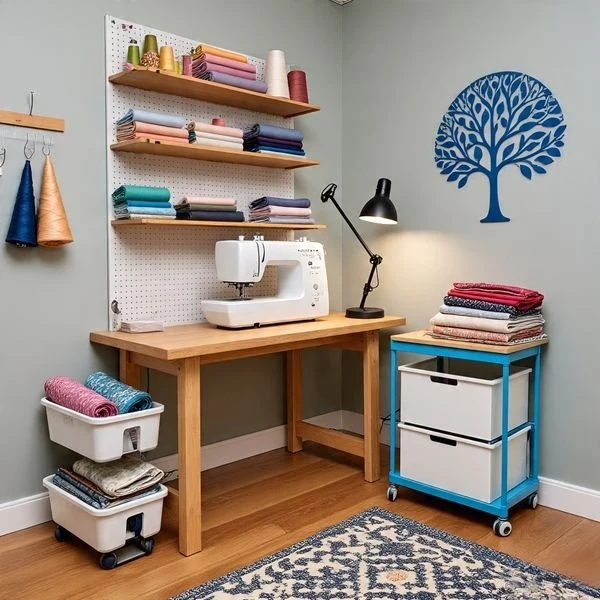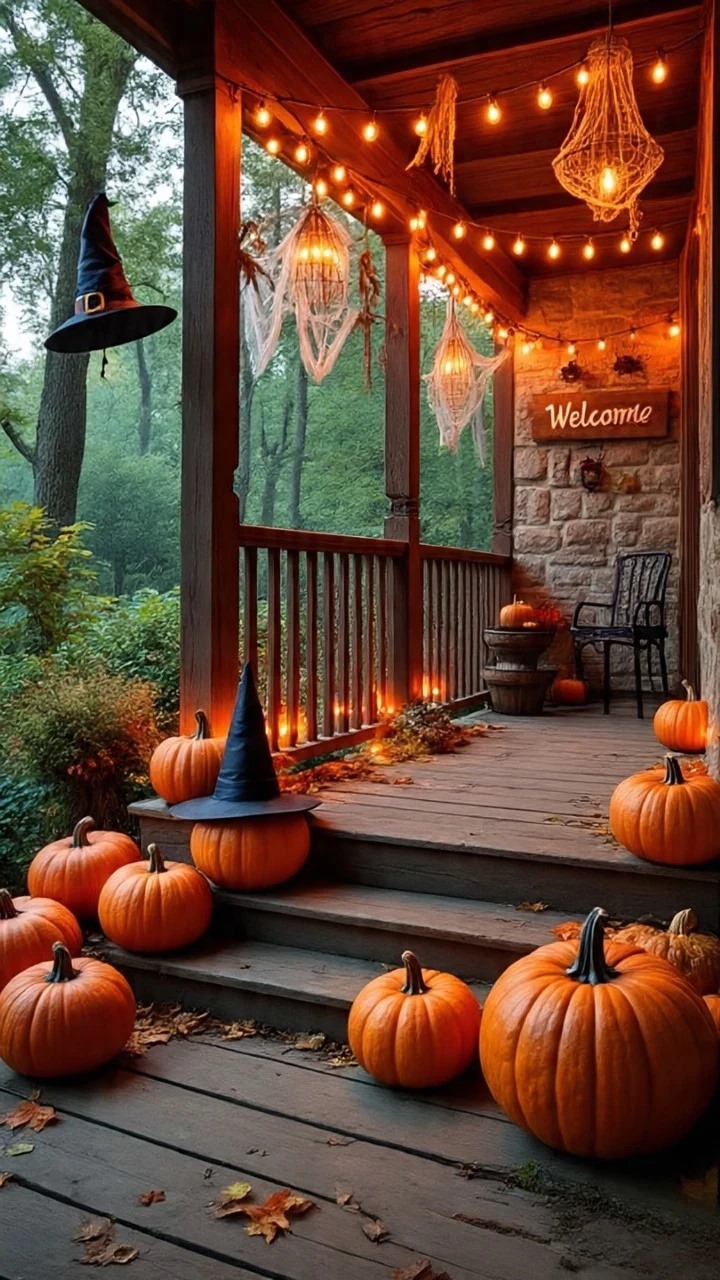18 Ideas to Make Your Bedroom Look Bigger
Not everyone has the luxury of a sprawling master bedroom. Many of us deal with compact sleeping spaces—whether it’s a small apartment, a shared home, or simply a cozy layout that prioritizes other rooms. But here’s the good news: size isn’t everything when it comes to comfort and style. With clever design choices, you can make even the tiniest bedroom feel more open, airy, and inviting.

The secret lies in visual tricks, smart storage, and thoughtful styling. From the colors you choose to the way you place your furniture, every decision has the power to change the way your bedroom feels.

In this guide, we’ll explore 18 creative and practical ideas that can help your bedroom appear bigger without knocking down any walls. These strategies combine interior design insights with functional hacks, making them easy to apply in real life.

1. Choose Light Colors for Walls and Ceilings
Color is one of the most powerful tools in interior design. Light shades—like crisp white, soft beige, or pale gray—reflect natural and artificial light, creating a sense of openness. Dark walls, while cozy and dramatic, tend to absorb light, which can make a small room feel closed in.
Example: Imagine painting your walls a soft off-white with a pale blue ceiling. Instantly, the ceiling seems higher and the room more spacious.
Styling Tip: Use eggshell or satin finishes on walls for a subtle sheen that reflects light. Matte finishes work too but absorb a bit more light.

2. Use Mirrors to Reflect Light
Mirrors are a designer’s best friend when it comes to expanding space. They bounce light around, making the room feel brighter and larger.
Placement Matters:
- A large mirror opposite a window reflects the outdoors, giving an illusion of more space.
- Mirrored wardrobe doors eliminate the need for a separate full-length mirror.
- A gallery of smaller mirrors creates a stylish focal point while still enhancing light.
Pro Tip: Choose frames that blend into your wall color for a seamless look.

3. Opt for Multi-Functional Furniture
When space is limited, every piece of furniture should earn its place. Multi-functional furniture saves floor space and reduces clutter.
Great Options:
- Beds with built-in drawers.
- Ottomans that double as seating and storage.
- Fold-out desks that can be tucked away when not in use.
Pro Tip: Avoid oversized pieces—even if they’re multi-functional—because scale still matters in small rooms.

4. Keep the Floor Visible
The more floor you can see, the larger your bedroom appears. Furniture that sits directly on the floor makes a room look heavy and crowded.
Solution: Choose pieces with visible legs—like mid-century modern dressers or platform beds.
Example: Swapping a boxy bed frame for a minimalist frame with legs can completely change how open your bedroom feels.

5. Install Floating Shelves and Nightstands
Floating furniture eliminates bulky bases, creating an illusion of more floor space. It also provides practical storage without overwhelming the room.
Ideas:
- A floating shelf as a minimalist nightstand.
- A floating desk under a window.
- Wall-mounted lamps to free up surface space.
Styling Tip: Keep cords hidden with wall clips or cord covers for a cleaner look.

6. Use Vertical Space Wisely
In small bedrooms, floor space is precious—but vertical space is often underutilized. Drawing the eye upward makes ceilings appear taller and the room bigger.
How to Apply:
- Floor-to-ceiling curtains elongate windows.
- Tall bookshelves create the illusion of height.
- Vertical artwork or wall panels emphasize vertical lines.
Pro Tip: Avoid overloading walls with too many vertical elements; balance is key.

7. Choose Simple Bedding and Fabrics
Busy patterns and heavy fabrics can overwhelm a small space. Keep things simple with solid colors, light fabrics, and subtle textures.
Best Choices:
- Crisp white bedding with soft throws.
- Linen or cotton fabrics for an airy feel.
- Neutral palettes with a single accent cushion.
Pro Tip: If you love patterns, choose smaller-scale prints or limit them to throw pillows.

8. Go for Minimalist Décor
Clutter is the enemy of space. A minimalist approach helps create a calm, open environment.
Guideline: Stick to a few statement pieces rather than crowding every surface.
Example: One large painting above the bed looks cleaner than a cluster of smaller frames.
Pro Tip: Use the “one in, one out” rule—every time you buy something new, donate or remove an old item.

9. Use Sliding Doors Instead of Swing Doors
Traditional swing doors eat up valuable floor space. Sliding doors, whether for closets or the bedroom itself, are sleek and space-saving.
Options:
- Mirrored sliding closet doors to double the effect.
- Barn-style sliding doors for a rustic or modern farmhouse look.
Pro Tip: Ensure sliding mechanisms are smooth to avoid daily frustration.

10. Place Rugs Strategically
Rugs anchor a room and define space. A rug that extends beyond your bed makes the room feel larger by connecting different elements.
Styling Tip: Choose light colors or simple geometric patterns. Avoid overly busy designs that crowd the eye.
Example: A large neutral rug under the bed, extending at least two feet on each side, makes the layout feel expansive.

11. Incorporate Transparent Furniture
Glass, acrylic, or lucite furniture is functional but doesn’t visually block space. These pieces are perfect for small bedrooms where bulkier items would dominate.
Examples:
- A glass bedside table.
- A clear acrylic chair at a vanity.
- A lucite bench at the foot of the bed.
Pro Tip: Pair transparent furniture with metallic accents for a modern, chic touch.

12. Maximize Natural Light
Light is space. The more natural light you let in, the larger your room feels.
Best Practices:
- Keep windows uncluttered.
- Use sheer or semi-sheer curtains.
- Avoid heavy drapes or dark blinds.
Pro Tip: Place a mirror adjacent to the window for even more light distribution.

13. Add Built-In Storage
Custom built-ins can transform awkward nooks into efficient storage while keeping surfaces clear.
Ideas:
- Built-in wardrobes that stretch to the ceiling.
- Bedside built-ins with recessed lighting.
- A window seat with hidden storage underneath.
Pro Tip: Use the same finish as your walls to blend built-ins seamlessly.

14. Keep a Neutral Color Palette
Neutral tones are calming and cohesive, making rooms feel bigger and less visually busy.
Palette Ideas:
- Beige, white, and gray with wooden accents.
- Soft taupe with cream and natural textiles.
- Muted pastels for a subtle splash of color.
Pro Tip: Add personality with accessories like cushions or artwork instead of large, bold furniture.

15. Hang Curtains Higher Than the Window Frame
Mounting curtains closer to the ceiling draws the eye upward and makes windows—and the entire room—look taller.
Styling Tip: Use floor-length curtains, even for smaller windows, to enhance height.
Pro Tip: Stick with light fabrics like linen or voile to keep things airy.

16. Limit the Number of Furniture Pieces
Cramming too much furniture into a bedroom is a sure way to make it feel small. Instead, invest in fewer, larger, multifunctional pieces.
Example: A queen bed with storage drawers can eliminate the need for an extra dresser.
Pro Tip: Measure carefully before buying furniture to avoid overcrowding.
17. Use Light-Colored Flooring
Just like light walls, light flooring reflects brightness and expands the visual space.
Options:
- Pale wood or laminate.
- Light-toned tiles.
- Neutral carpets.
Pro Tip: Maintain continuity by using the same flooring throughout your home for a seamless flow.
18. Keep It Organized
Even the best design tricks won’t work in a cluttered room. Organization is the foundation of spaciousness.
How to Stay Organized:
- Use baskets or bins under the bed.
- Keep surfaces clear by using trays for small items.
- Declutter regularly—less truly is more.
Pro Tip: Try the KonMari method—keep only what sparks joy.
Extra Styling Advice
- Ceiling Treatments: Adding beams or a light-colored coffered ceiling can draw the eye up.
- Furniture Placement: Push the bed against the longest wall to maximize space.
- Accent Walls: Use subtle wallpaper or a different paint shade for depth without overwhelming the room.
Final Thoughts
A small bedroom doesn’t have to feel cramped or uncomfortable. By using light colors, mirrors, smart storage, and minimal clutter, you can create a space that feels bigger, brighter, and more inviting. These 18 ideas are practical, stylish, and adaptable for any budget.
For added inspiration, consider exploring designs such as living room conversation pits for open layouts, modern above couch decoration ideas for styling walls, or even cozy bedroom office combos if you’re blending functionality with comfort.
Remember: it’s not the size of the bedroom that matters most, but how you design and live in it. With a few thoughtful changes, your small bedroom can feel just as relaxing and luxurious as a large one.







